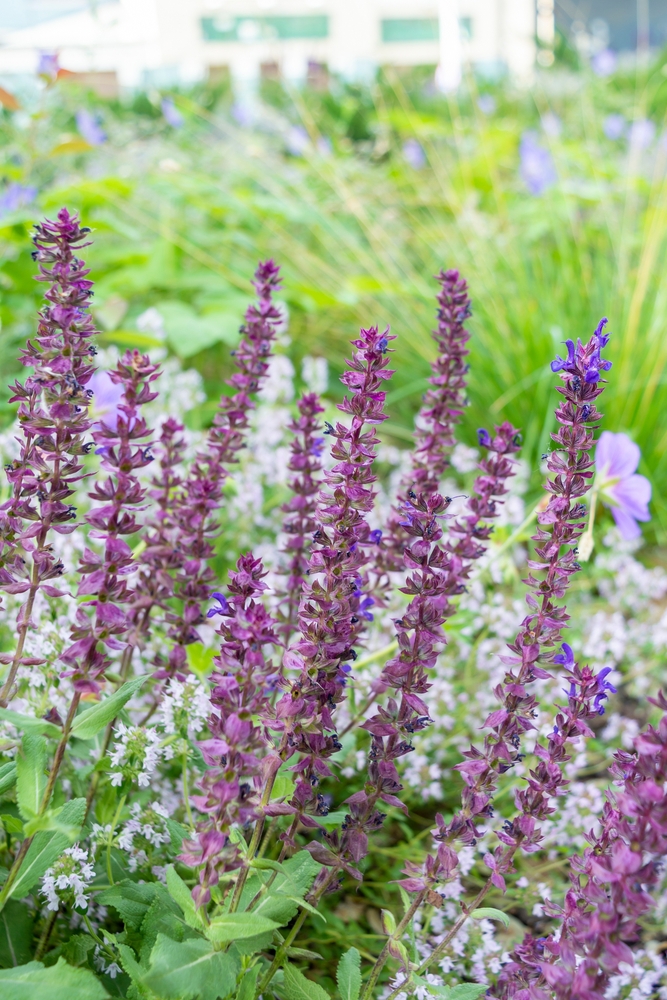Description
Salvia is a large genus of flowering plants, commonly known as sage. There are over 900 species of Salvia, many of which are popular ornamental plants due to their attractive flowers and aromatic foliage. Here are some horticultural notes on the plant genus Salvia:
Climate: Salvia is a very diverse genus and can grow in a variety of climates, from cold temperate to tropical regions. Some species are frost-tolerant, while others require warm temperatures year-round.
Soil: Salvia prefers well-draining soil that is rich in organic matter. Soil pH can range from acidic to slightly alkaline.
Watering: Most Salvia species prefer moderate watering, with the soil kept evenly moist but not waterlogged. However, some species, such as those native to desert regions, can tolerate drought.
Sunlight: Salvia generally prefers full sun, although some species can tolerate partial shade.
Propagation: Salvia can be propagated from seed, cuttings, or division. Seeds should be sown in spring, while stem cuttings can be taken in late spring or early summer. Division is best done in spring or fall.
Pruning: Salvia benefits from regular pruning to encourage bushy growth and to remove spent flowers. Pruning should be done in late winter or early spring.
Pests and Diseases: Salvia is generally resistant to pests and diseases, although it can be susceptible to root rot if soil is too wet.
Uses: Salvia is commonly used in ornamental gardens as a border plant, mass planting, or as a specimen plant. It is also used in herb gardens and for its medicinal properties in some cultures.
Species: Some popular species of Salvia include Salvia officinalis (common sage), Salvia nemorosa (woodland sage), Salvia guaranitica (Brazilian sage), and Salvia elegans (pineapple sage).


